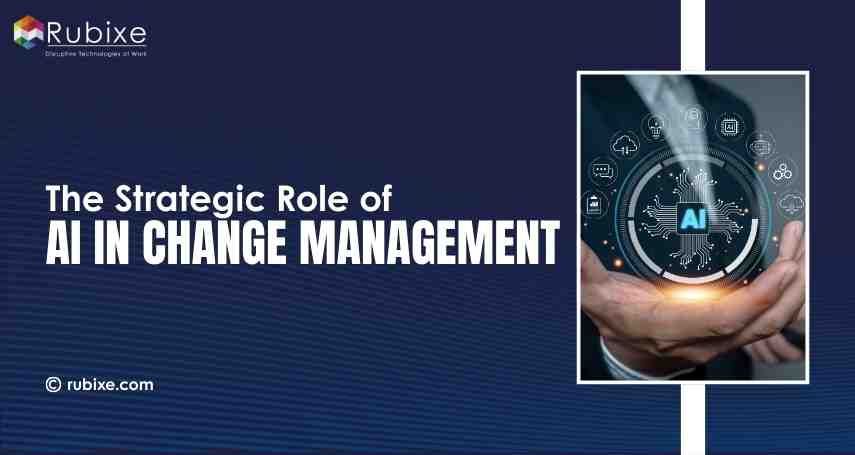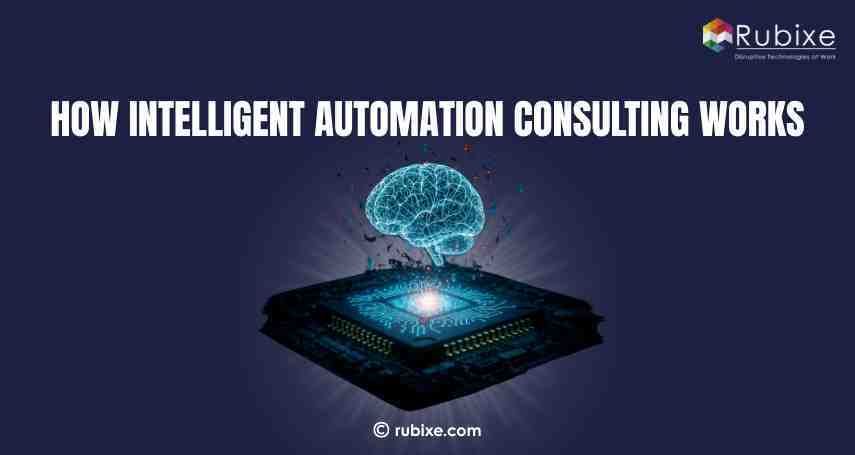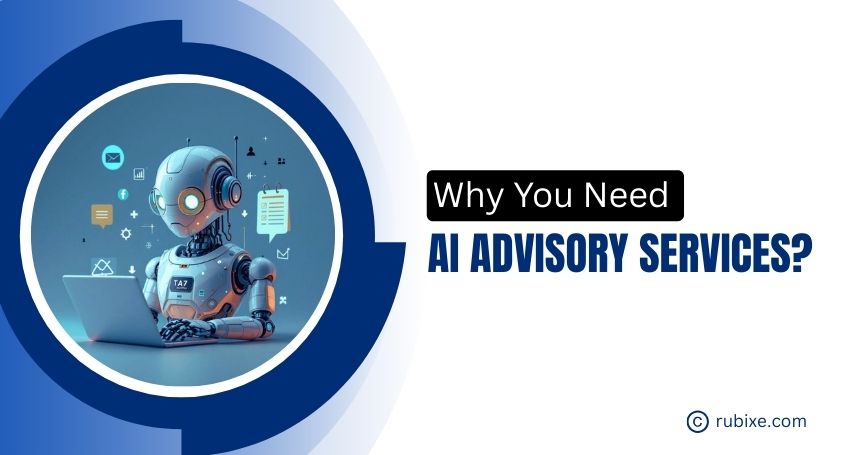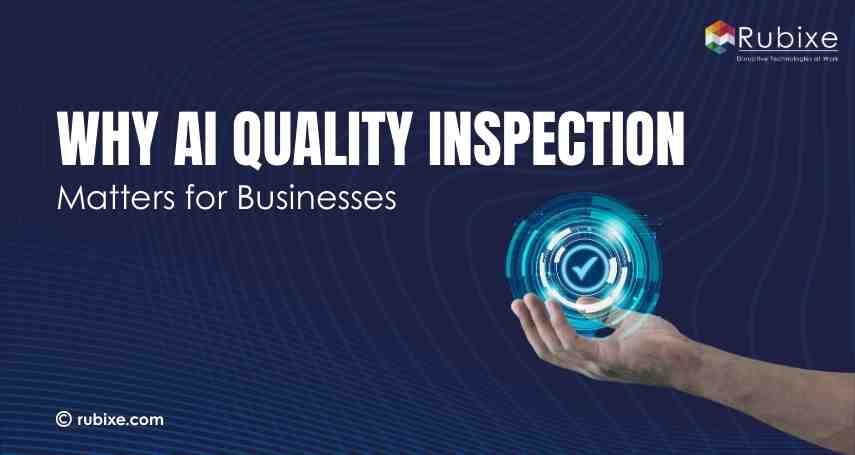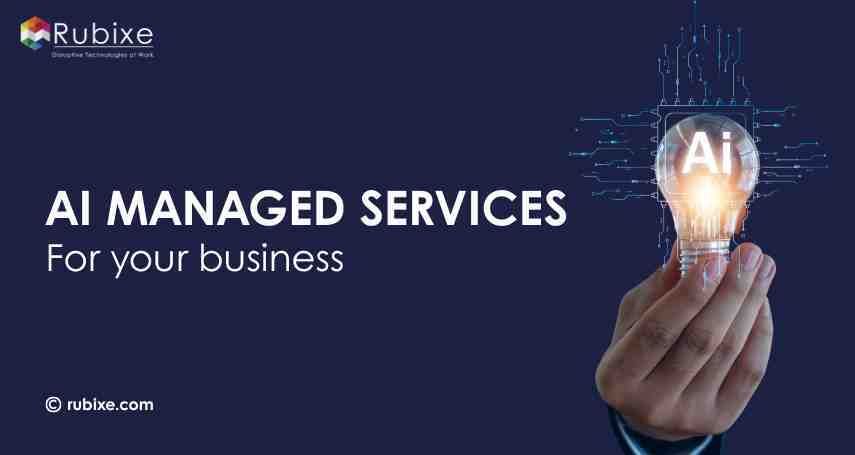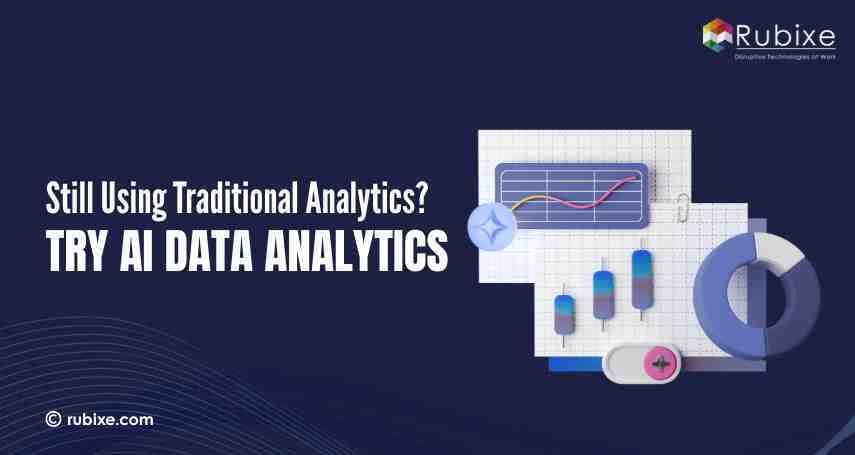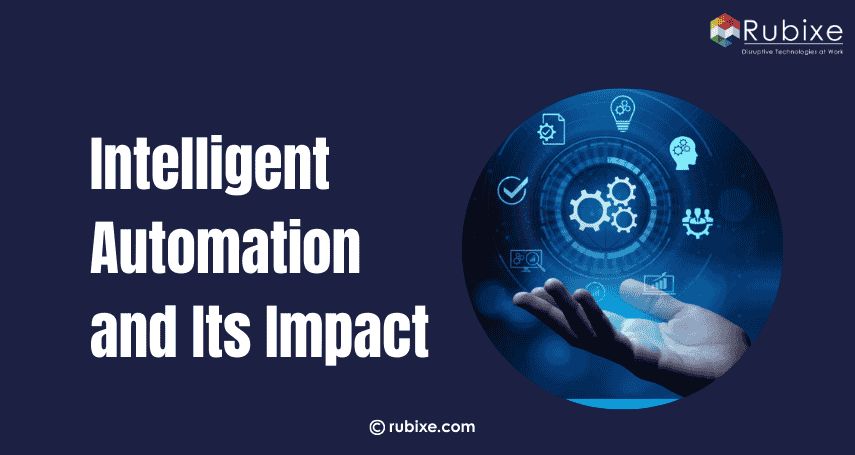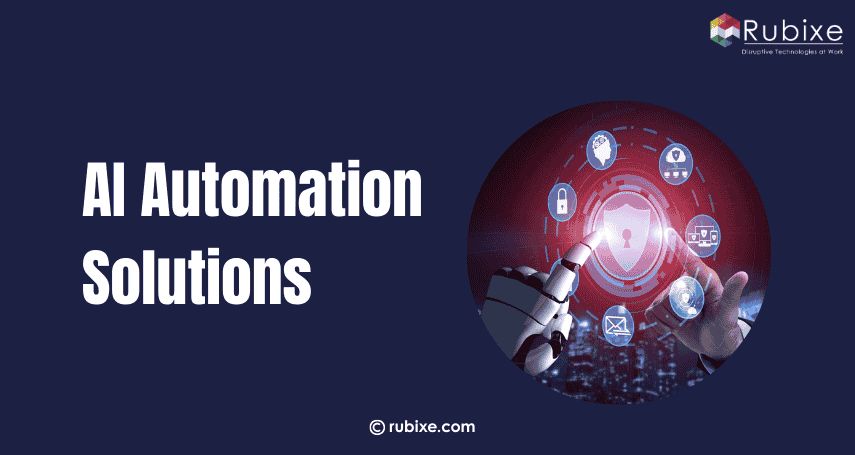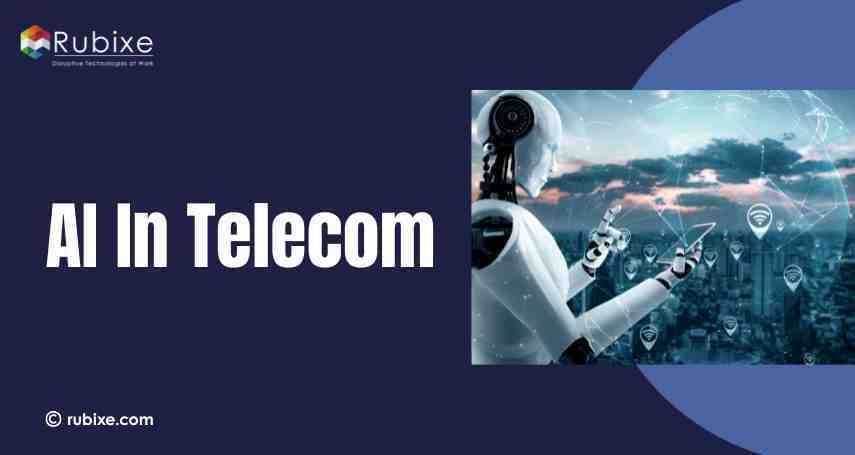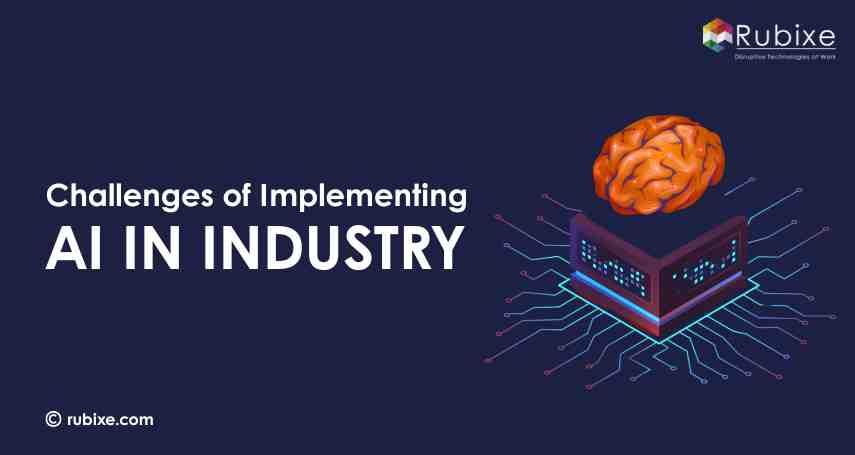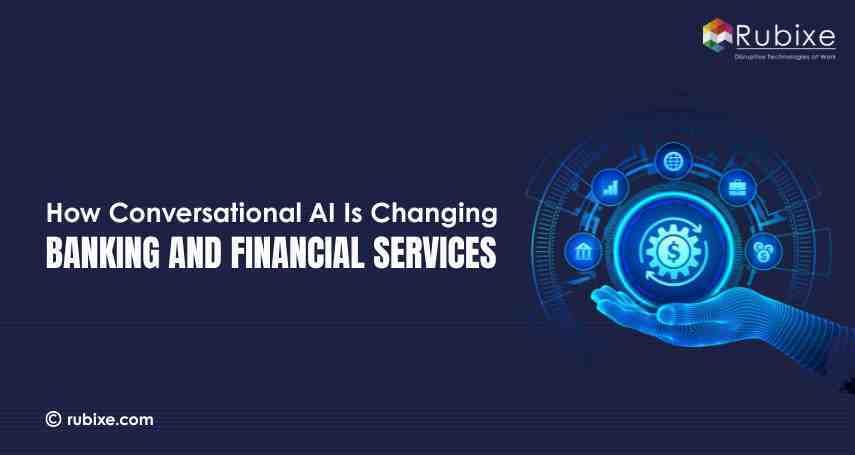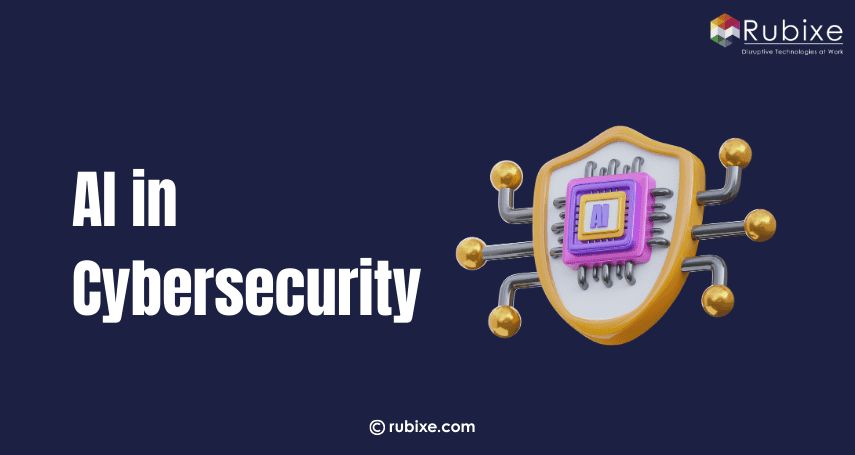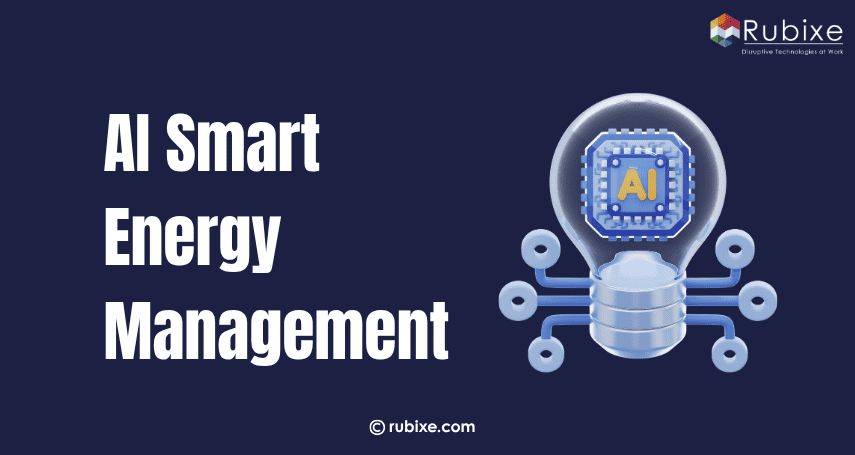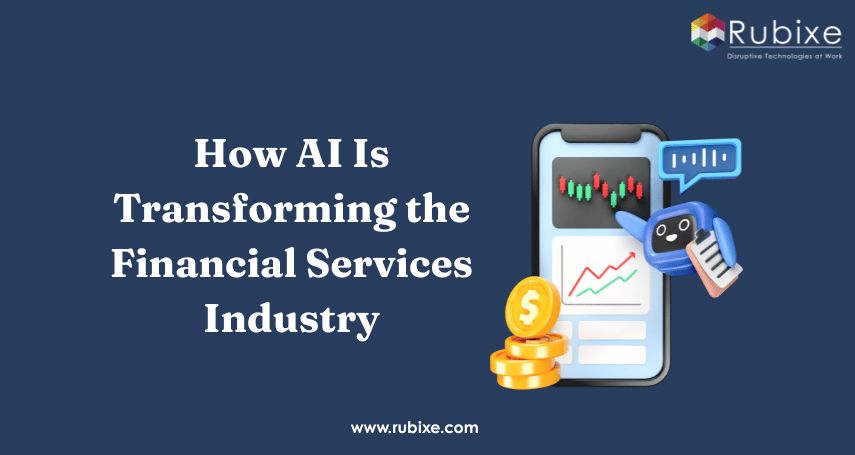AI for Hiring: Smarter and Faster Recruitment
AI for Hiring helps streamline recruitment with AI-powered tools that enable smarter candidate selection, faster hiring decisions, and improved talent matching.
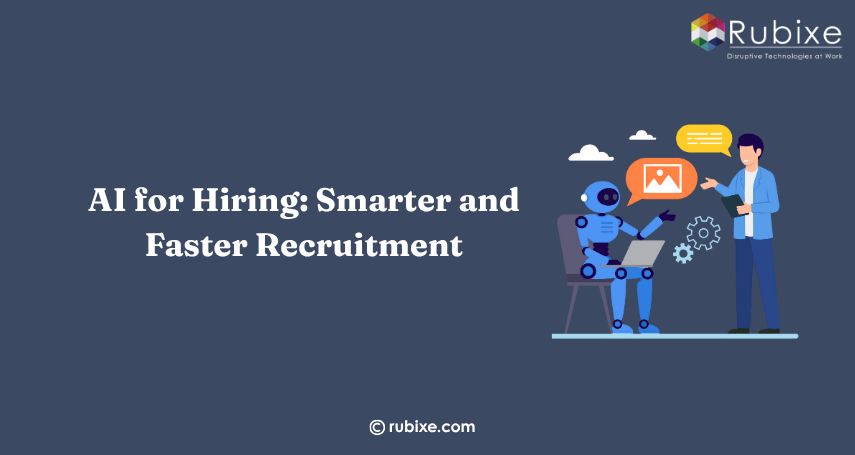
Using AI for hiring is changing the way companies recruit. It helps make the process faster, more organized, and based on real data. From sorting resumes to keeping in touch with candidates, many businesses now use AI tools and expert guidance to improve how they hire. Below, we look at how AI is making a difference in recruitment, with simple examples and practical tips.
Automating Resume Screening and Candidate Matching
AI for hiring has transformed the recruitment landscape by drastically reducing the time and effort spent on early-stage screening and matching processes. With automation, companies can identify the right candidates faster and more objectively.
How AI Improves Hiring Efficiency:
-
Resume Parsing: AI tools extract and structure information from resumes for faster analysis and comparison.
-
Skill-Based Matching Algorithms: Match candidates to roles based on technical skills, certifications, and experience levels, rather than just job titles.
-
Intelligent Ranking Systems: Prioritize top candidates using relevance scores generated through machine learning models.
-
Continuous Learning Models: Improve candidate recommendations over time based on hiring manager feedback and historical hiring success.
-
Bias Reduction in Screening: Evaluate resumes without demographic data to support fairer, more inclusive hiring decisions.
Enhancing Candidate Experience Through Automation
AI for hiring doesn’t just improve recruiter efficiency—it also enhances the candidate journey. AI Automation ensures timely communication, personalized interactions, and smoother experiences throughout the hiring funnel.
Ways AI Improves the Candidate Experience:
-
Chatbots for 24/7 Support: Instantly answer candidate queries about the application process, job details, or company culture.
-
Automated Status Updates: Keep applicants informed of their progress with real-time notifications via email or messaging apps.
-
Personalized Job Recommendations: AI analyzes resumes and behavior to suggest relevant open roles, improving job-candidate fit.
-
Smart Scheduling Assistants: Coordinate interviews based on candidate availability without back-and-forth communication.
-
Feedback Collection at Scale: Gather candidate opinions through automated surveys to refine the overall hiring process.
Reducing Time-to-Hire with Streamlined Workflows
Reducing the time it takes to hire directly impacts business agility and project momentum. Long hiring cycles can lead to resource gaps, project slowdowns, and missed opportunities. Streamlined workflows shorten this timeline by improving process coordination and eliminating delays across stages of recruitment.
Effective methods for reducing time-to-hire:
-
Resume Filtering: Candidate applications are sorted and filtered based on essential qualifications, ensuring recruiters only review relevant profiles.
-
Targeted Role Matching: Candidate profiles are instantly compared to job requirements, cutting down on manual shortlisting and ensuring the right fit faster.
-
Interview Scheduling Efficiency: Automated scheduling tools handle coordination between candidates and interviewers, removing communication bottlenecks and saving recruiter time.
-
Centralized Evaluation Dashboards: Feedback from interview rounds is captured and reviewed in a single interface, accelerating decision-making and reducing back-and-forth.
-
Collaborative Hiring Platforms: Recruiters, hiring managers, and HR teams can work within a shared system, improving transparency and speeding up approvals.
-
Integrated Background Checks and Document Collection: Tools initiate and track background verifications and reference checks, and offer letters in parallel with final decision stages.
-
Onboarding Handoff Readiness: Once a hire is made, streamlined handoffs to HR and IT ensure equipment, credentials, and paperwork are ready without delays.
Improving Quality-of-Hire with Predictive Analytics
Improving the quality of hires is not just about filling roles quickly—it's about choosing candidates who can contribute meaningfully and stay for the long term. Predictive analytics helps organizations make better hiring decisions by analyzing data from multiple sources to forecast candidate success and retention.
Methods for enhancing quality-of-hire:
-
Comprehensive Candidate Scoring: Evaluations go beyond resumes, incorporating past job performance, peer reviews, learning ability, and communication patterns.
-
Retention Forecasting: Historical workforce data is used to predict which candidates are more likely to remain with the company beyond the first year.
-
Culture Alignment Analysis: Candidate behaviors and values are compared against team norms to assess potential alignment with company culture and work style.
-
Success Model Matching: Hiring tools use benchmarks from high-performing employees to identify traits and experiences that correlate with success in specific roles.
-
Turnover Risk Indicators: Early-warning patterns, such as frequent job changes or mismatch in expectations, help filter candidates with higher risk of early departure.
-
Feedback Loop Integration: Post-hire performance and satisfaction data feed back into the selection model, continuously refining future candidate evaluation criteria.
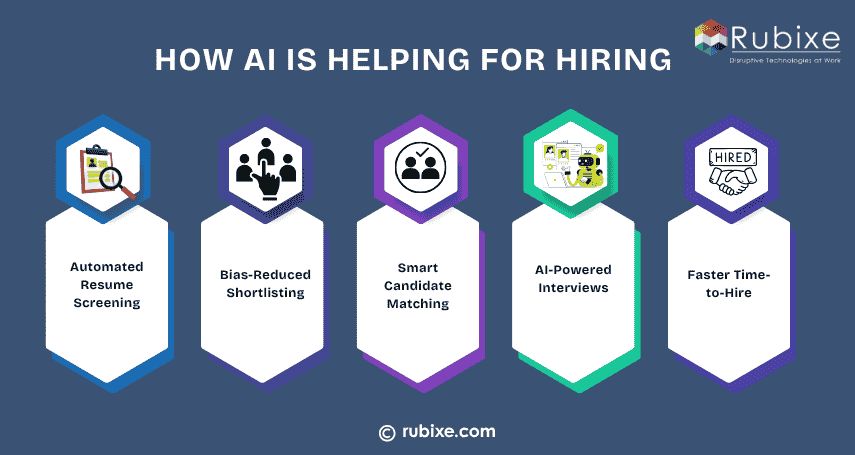
Promoting Diversity and Fair Hiring
Building diverse teams starts with creating unbiased, transparent, and inclusive hiring processes. Well-structured evaluation systems can reduce human bias and promote fair access to opportunities for candidates from different backgrounds.
Key practices supporting fair and inclusive hiring:
-
Anonymized Evaluation: Candidate profiles exclude personal identifiers such as names, photos, or gender, allowing recruiters to assess qualifications objectively.
-
Consistent Scoring Frameworks: All applicants are evaluated using standardized criteria tied to job-specific skills and experience, not personal background.
-
Ongoing Bias Audits: Evaluation systems are regularly tested for skewed outcomes, helping ensure fairness across ethnicity, age, gender, and other dimensions.
-
Diversified Talent Pools: Broader sourcing strategies actively reach candidates from underrepresented groups, expanding beyond traditional recruiting channels.
-
Equitable Shortlisting Outcomes: By focusing on qualifications and experience alone, shortlists naturally become more balanced and inclusive.
-
Process Transparency and Oversight: Clear documentation and review mechanisms provide visibility into decision-making, allowing continuous refinement of hiring practices.
Cutting Hiring Costs and Increasing Efficiency
Recruitment operations can be optimized by reducing overhead and reallocating human effort toward areas of greater strategic value. Using AI for hiring enables leaner processes without sacrificing quality.
Practical outcomes of cost-efficient, AI-supported hiring:
-
Lower Operational Costs: AI systems take over repetitive screening, scheduling, and matching tasks—reducing the need for additional administrative staff or third-party support.
-
Reduced Time-to-Hire: Intelligent systems accelerate candidate evaluation, helping recruiters fill roles faster while maintaining quality.
-
Scalable Capacity Without Headcount Increases: When hiring demand spikes, AI tools process higher applicant volumes without requiring extra recruiters or contract hires.
-
More Strategic Recruiter Focus: With automation handling routine steps, recruiters can concentrate on candidate engagement, cultural alignment, and complex role matching.
-
Improved Cost Visibility: Analytics tie hiring costs to measurable outcomes such as candidate retention and performance, making it easier to adjust strategy and budget.
Supporting Ethical and Responsible AI Use
Implementing AI for hiring requires more than technical capability—it demands transparency, fairness, and accountability to build trust among candidates and hiring teams.
Key principles and practices for responsible use:
-
Transparent Processes: Candidates are informed about when and how AI is used in evaluations, including access to explanations behind automated decisions.
-
Regulatory Compliance: Systems are developed with respect to legal frameworks such as GDPR, EEOC guidelines, and region-specific data privacy laws.
-
Human Oversight: Final hiring decisions are always reviewed or approved by recruiters, ensuring that algorithms support, not replace, human judgment.
-
Ongoing Bias Audits: Regular assessments identify patterns that could lead to unfair treatment based on age, gender, ethnicity, or other protected attributes.
-
Explicit Consent: Before any automated assessment or video analysis, candidates opt in with clear understanding of how their data will be used.
Integrating AI Services with Professional Consulting
Strategic use of AI of hiring requires more than just tools. It benefits from structured implementation supported by professional consulting.
Key elements of effective integration:
-
Clear Objective Setting: Define specific hiring goals, such as improving diversity, increasing efficiency, or enhancing decision consistency.
-
Tool Selection and Customization: Consultants help evaluate and choose platforms that align with organizational needs, workflow complexity, and company culture.
-
End-to-End Implementation Support: Managed services handle system setup, data alignment, recruiter training, and process adjustments to ensure smooth adoption.
-
Performance Tracking and Metrics: Establish clear KPIs like time to hire, candidate drop-off rates, satisfaction scores, and post-hire retention to evaluate success.
-
Continuous Improvement: Consultants assist in refining the system using hiring data, recruiter feedback, and periodic audits to improve decision quality over time.
AI for Hiring offers organizations a powerful way to hire smarter, faster, and with greater equity. By leveraging AI consulting and comprehensive AI services, companies can move beyond manual methods to strategic, scalable talent acquisition. With clear governance, ethical guidelines, and human oversight, AI-powered hiring turns conjecture into data-driven confidence, empowering teams to focus on strategy and relationship-building while systems manage volume, scoring, and automation.
